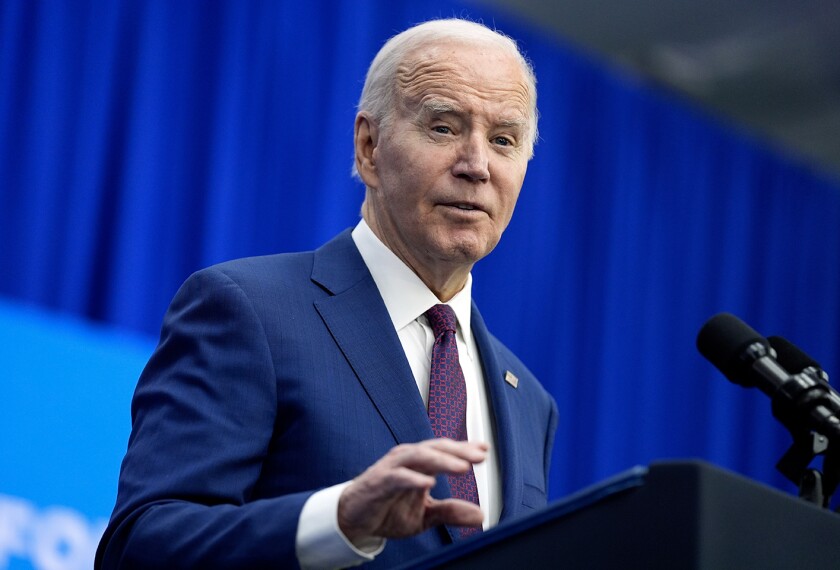The following offers highlights of the recent legislative sessions. Precollegiate enrollment figures are based on fall 2006 data reported by state officials for public elementary and secondary schools. The figures for precollegiate education spending do not include federal flow-through funds, unless noted.
Vermont
Green Mountain State lawmakers have enacted an education cost-containment measure that will require residents of high-spending school districts to endorse significant budget increases by means of a separate vote. The compromise measure came in the final hours of the session that wrapped up June 11.

|
|---|
| Republican |
| Senate: 23 Democrats 7 Republicans |
| House: 93 Democrats 49 Republicans 8 Independent |
| Enrollment: 95,500 |
While Gov. Jim Douglas, a Republican, had urged the Democratic-controlled Vermont legislature to tackle tax relief head on, such as by capping property taxes, in the end he agreed to the bill, saying it would have an impact on the problem. The legislation includes a slight reduction in a state property tax that funnels money to local education.
Under the measure, a school district that spends above the statewide average per pupil—currently $10,464—would have to put its budget to voters in two parts if its proposed spending, adjusted for inflation, exceeded a 1 percent increase. The first part would represent up to the 1 percent increase, and the second the additional requested spending. A simple majority of voters would be enough to approve one or both parts of the budget. The system is set to go into effect in 2009.
The measure also calls for officials to provide the legislature with a wide range of information on the possible causes of Vermont’s education costs, which have spiraled upward even as enrollment has declined.
The main appropriation for K-12 schools in the fiscal year that starts next month is $1.06 billion, for a 4.5 percent increase over last year’s amount.
In the session, the legislators also settled the long-simmering issue of public spending for prekindergarten classes by allowing the cost for at least some of the youngest students to be included in the state budget. Districts are not required to provide prekindergarten.
Lawmakers set the first day of school as the Tuesday before Labor Day and mandated the creation of a statewide school calendar that must be approved by the state board of education.
In other action, the legislature earmarked $12 million to help finance training and internships in Vermont workplaces, provide more postsecondary scholarships, and help at-risk youths.





